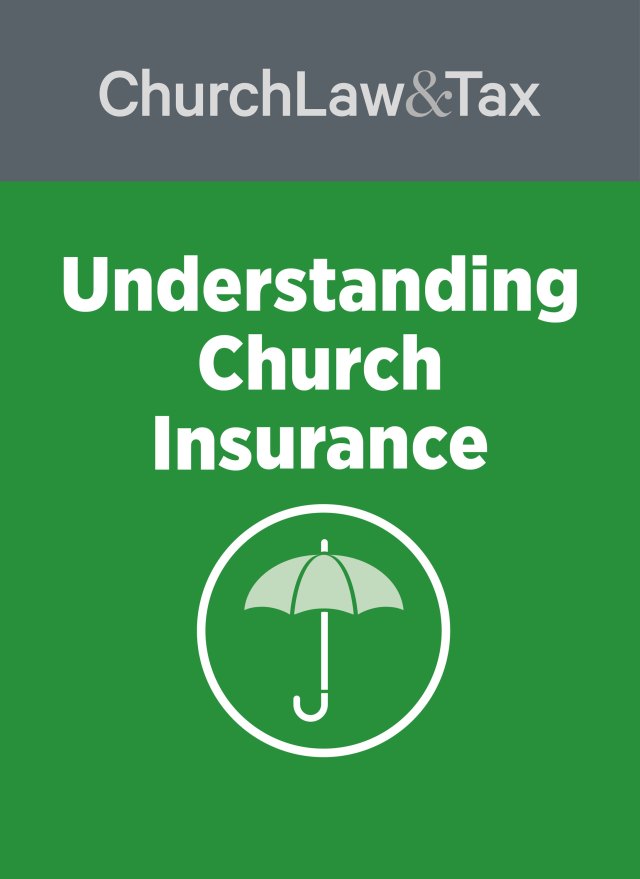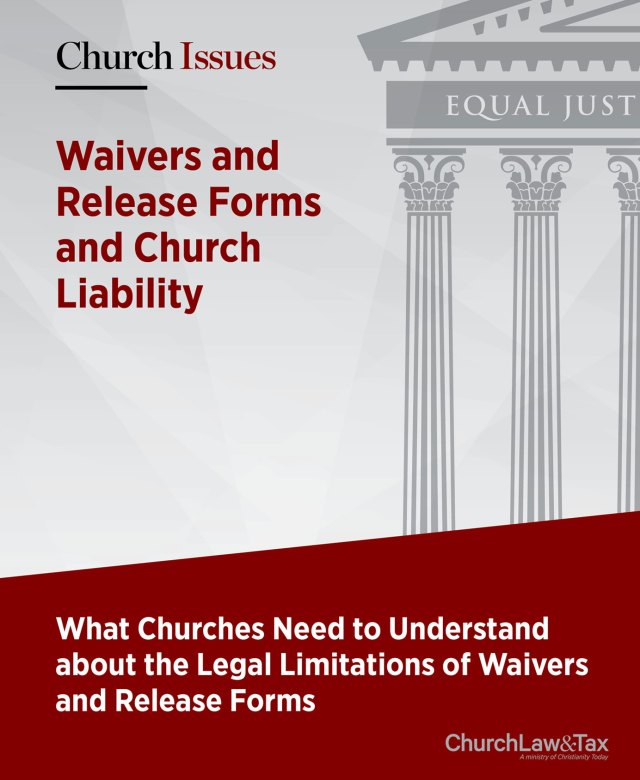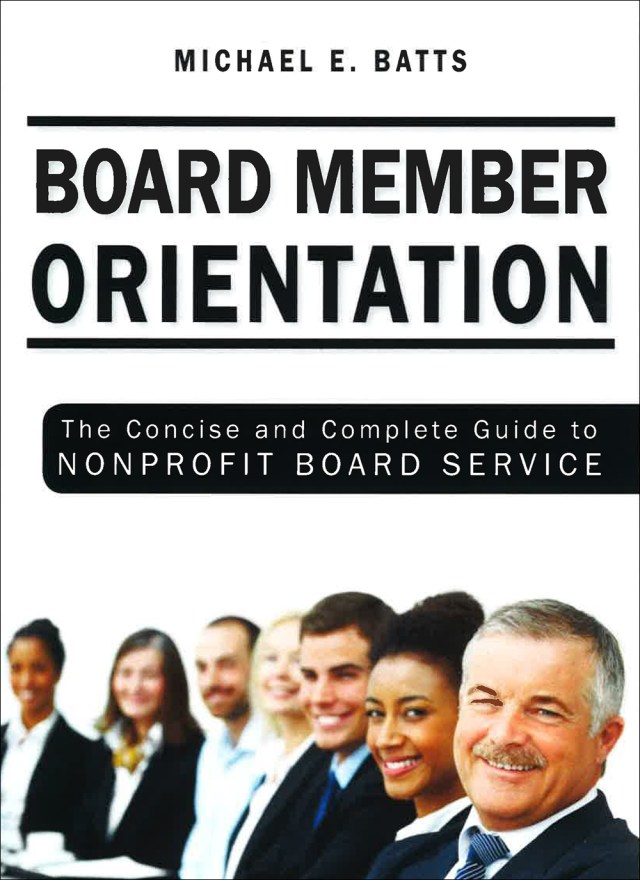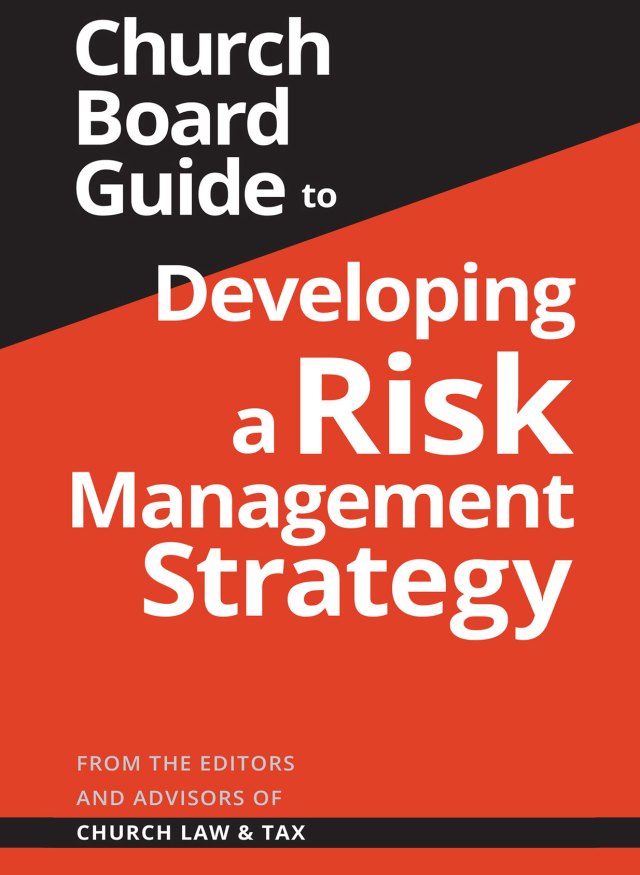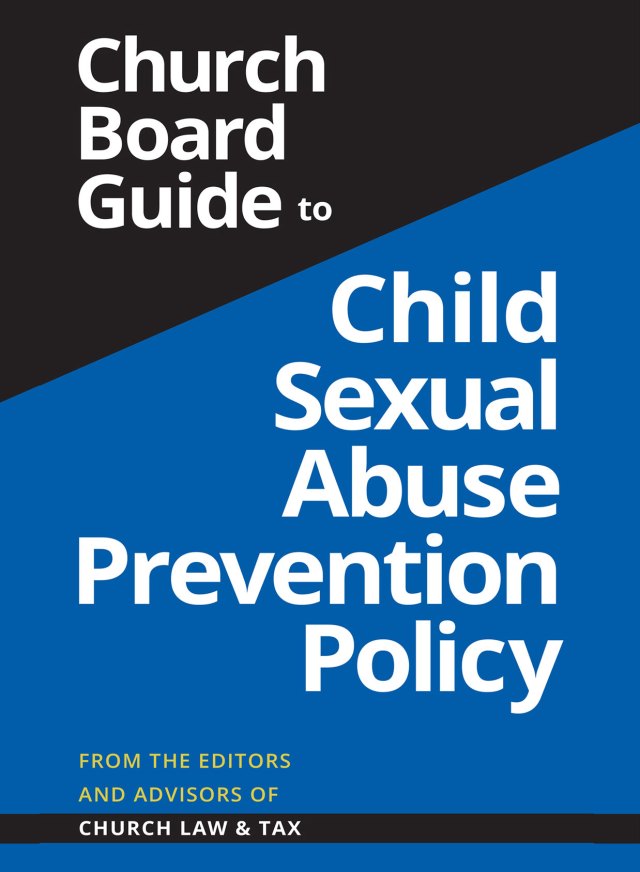Key point 10-16.6. A release form is a document signed by a competent adult that purports to relieve a church from liability for its own negligence. Such forms may be legally enforceable if they are clearly written and identify the conduct that is being released. However, the courts look with disfavor on release forms, and this has led to several limitations, including the following: (1) release forms will be strictly and narrowly construed against the church; (2) release forms cannot relieve a church of liability for injuries to minors, since minors have no legal capacity to sign such forms and their parents’ signature does not prevent minors from bringing their own personal injury claim after they reach age 18; (3) some courts refuse to enforce any release form that attempts to avoid liability for personal injuries on the ground that such forms violate public policy; and (4) release forms will not be enforced unless they clearly communicate that they are releasing the church from liability for its negligence.
* A court in the Virgin Islands ruled that a release form signed by a mother of a minor child who attended a church-operated school did not absolve the school from liability for injuries the child sustained when injured during an after-school program. A minor (the “victim”) was injured when he was karate kicked by another student during an after-school program at a church-operated private school they both attended. The victim’s mother sued the church and school (the “church defendants”), claiming that they were responsible on the basis of negligent supervision for her son’s injuries.
The church defendants claimed that they could not be held liable for the victim’s injuries since his mother had signed a release form at the start of the school year absolving them of any liability. The release, signed by the mother, stated:
In making application for my child it is my desire to have him complete the school year. It is also my understanding that the policy of the school is to make no refunds on registration fees. I also give permission for my child to take part in all school activities, including sports and school sponsored trips away from the school premises, and absolve the school from liability to me or my child because of any injury to my child at school or during any school activity.
The church defendants insisted that the form signed by the mother was an enforceable release of any future claims that she or her child might have for injuries sustained, including those due to negligence, while at the school or during any school activity. Both the mother and the church defendants agreed that a release must be clear and unequivocal to provide protection to the church defendants for their negligence. They disagreed, however, whether the release form the mother signed was sufficiently clear and unequivocal and whether the specific term negligence must be used.
The court concluded that the release form was “ambiguous on the issue of whether it releases the liability of the school … for negligence in the supervision of the after-school program.” It noted several reasons for finding the clause to be ambiguous, or susceptible to at least two different interpretations:
First, although there are circumstances where an “any or all liability” provision has been interpreted to protect a party from actions based on the party’s own negligence, such a determination relied on other language within the agreement or circumstances that made the intent clear from the context …. Second, the release only purports to protect the school … not its agents or employees. While the release form may be read to protect all such entities, that is neither the only permissible reading, nor the most reasonable …. Third, the release is susceptible to at least two interpretations on the nature of the negligence covered by the agreement. While the church defendants urge that if the release was construed to exclude coverage of their negligence it would be “meaningless because the school is not otherwise liable where it is not negligent,” this interpretation of the law is not comprehensive. The first interpretation, admittedly, is that the release protects the school from actions based on its own future negligence. A second reading is that the release only protects the school from actions based on an individual theory of active negligence; there is no mention of the agents or employees of the school and thus an imputed negligence theory premised on their actions may be outside the scope of this agreement. Finally, it is unclear whether an injury purportedly suffered during an after-school program would qualify as “at school or during any school activity.” While it is possible that such an agreement may cover any activity on school grounds regardless of time, it is equally possible that the agreement covers only activities occurring during the school day.
The court concluded that the release form was not enforceable.
Application. What is the significance of this case to church leaders? It illustrates that release and assumption of risk forms are disfavored by the courts and will be narrowly construed. Such forms should not be viewed as a solution to legal risks. The courts will avoid such agreements whenever possible, often in unexpected ways. As this case illustrates, they may be invalidated on the basis of ambiguity. Such forms should not be relied upon, and certainly should not be viewed as a substitute for sound risk management. Churches should never use release or assumption of risk agreements that are not prepared or reviewed by legal counsel. Joseph v. Church of God (Holiness) Academy, 2006 WL 1459505 (V.I. Super. 2006).
